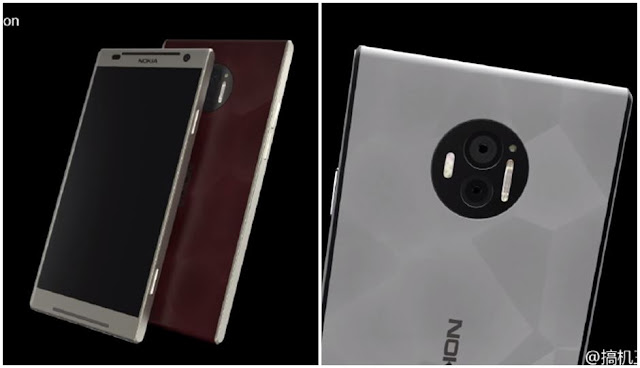In this article, I’m going to tell you about how to make a little Linux computer from a USB charger. I absolutely loved Chris Robinson’s article on NODE and I instantly thought of sharing this DIY with our Powertechknowledge readers. It’s a truly portable Linux computer, and I came across it yesterday when I was reading some Linux news on the web.
Read more articles about Linux computer http://powertechknowledge.blogspot.in/2015/09/60-worlds-first-9-computer-chip-is.html
In the past, Chris has made projects like handheld Raspberry Pi powered Linux terminal and this Linux computer project is even smaller. This Linux computer fits inside a modified USB charger plug and runs on a very small power.
This design uses ODROID-W development board, which is Raspberry Pi and Raspbian compatible. You’ll also be needing a USB charger with US, UK and EU attachments make it usable in all countries. Other materials include a WI-Fi adapter, a micro SD card and few other small things.
Assembling all these requirements isn’t much tough if you have a basic knowledge of soldering.
You just have to plug in the charger and stay in the WiFi range. Chris writes that you can use if for applications like running a personal file/media server, a TOR relay, a Bitcoin node, your personal VPN, a silent motion alarm with the RPi Camera, a pentesting tool, or simply a remote use Linux system.
Besides WiFi, you can use a USB ethernet adapter to connect it physically. Since, you’ll be working with electrical components, follow instructions of Chris closely.
If you are interested in making this little Linux computer from a USB charger, follow this link for NODE’s detailed tutorial.
Did you like this portable Linux computer from a USB charger DIY? Tell us in the comments below.
























